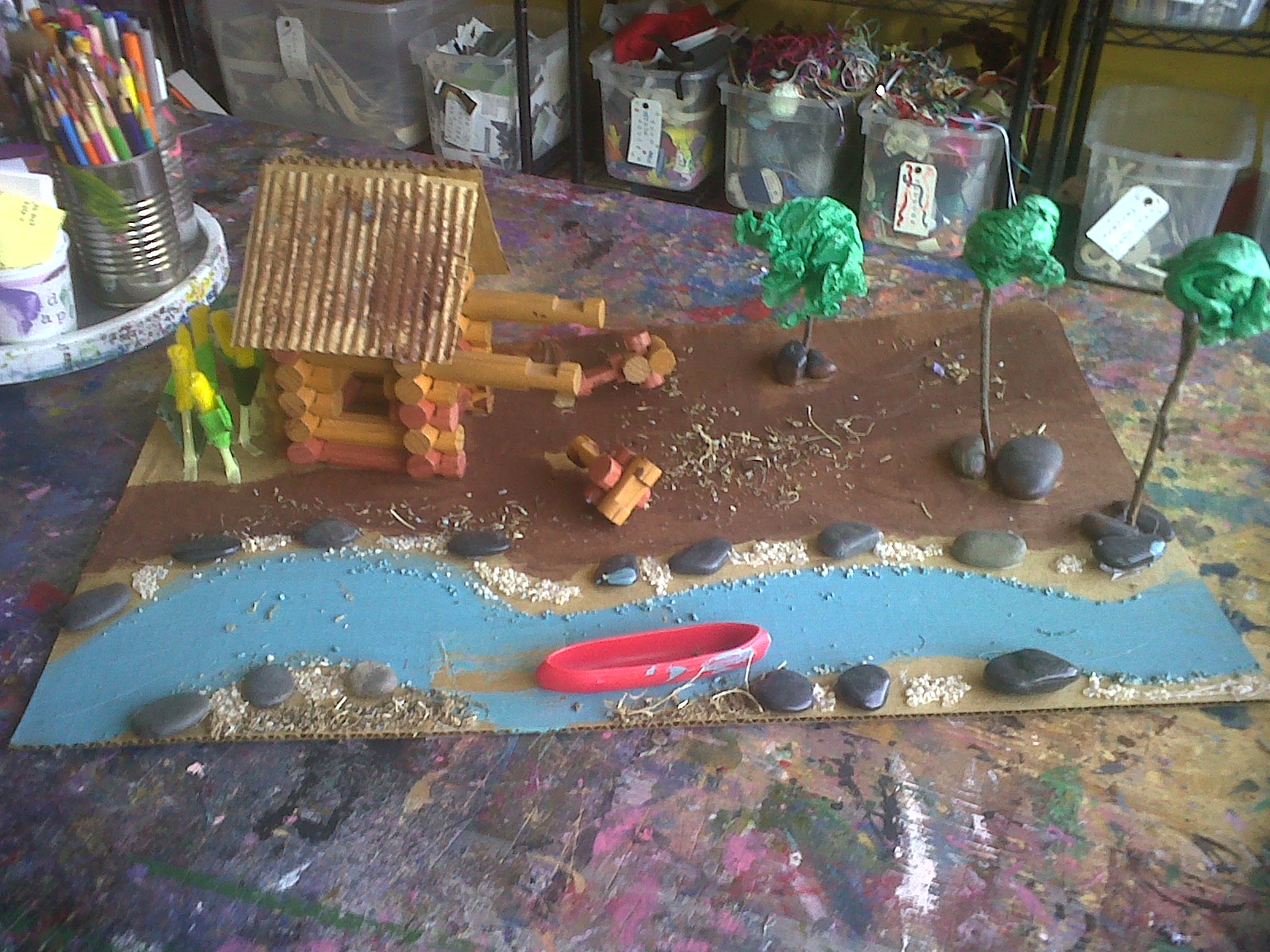

“In my experience most buyers seem to be looking for the quintessential traditional New England country home that evokes our local history,” observed John Harney of William Pitt Sotheby’s. This is an impossible claim to verify in our region however, the unique appeal of log homes, just like indoor swimming pools, translates to a smaller potential buyer segment. Custom log homes do not cost less than a traditional “stick” built house, but manufacturers maintain that they sell for 30% to 40% more than traditional homes. Log homes are often touted as being energy efficient because of the insulating quality of the thick exterior wood walls however, McCue observed that current building codes which increase the required R-value of new homes makes them at least comparable to traditional log construction. Asked what he would have done differently Krissel observed that he should have made the roof overhang wider to protect the exterior from extreme weather and sheet rocked the bathrooms to make them warmer (see photo next page). The inspiration for the 6,500-square-foot house was Krissel’s family vacation home in Beaver Creek Resorts in Vail, CO. It only took a week to set the logs on a pre-poured foundation, another six weeks to put on the roof and then a year to complete the interior. The lodge pole pine logs of Jim Krissel’s home were shipped from British Columbia to Montana where they were cut, pre-assembled and numbered, delivered to the Northeast corner, and finished by Whetstone Builders of Sharon in 1992. Every six to eight years a light stain is applied to preserve the wood with a touch up on the chink joints. It took about 14 months to construct once the materials were on site. McCue, his wife and an architect designed the house at their kitchen table maximizing the interior light.

The old growth 10” timbers were harvested in Canada during the winter using horses to prevent the damage caused by the equipment of commercial loggers. I wanted something different for myself.” Twenty-five years ago, master builder Rick McCue decided to build his own hand-hewn log home in Sharon, CT, in the Appalachian style with flat logs and dovetailed corners. There are more than 300 log home manufacturers building an estimated 25,000 customized log homes every year in the United States according to the Log Homes Council.īuilding contractors seem to be attracted to log construction when they build their own homes. Today the thriving companies offer elaborate custom designs with architects on staff, and tout their environmental sustainability and energy efficiency. Many of these companies are still in business while others, like New England Log Homes in Great Barrington, MA, used toxic chemicals used to treat logs and became superfund sites. By the 1970s, log home manufacturers across the nation offered easy to construct, log buildings, often for the second home market.

The cabin is looking for a new owner who will protect its history and is listed for sale for the seventh time since 2015 for $475,000.įast forward to frontier log forts, Daniel Boone, Lincoln’s log home to the “Great Camps” of the Gilded Age, and Gustaf Stickley’s Arts & Craft log buildings. One of the oldest homes in the United States is a rustic log cabin built by Forest Finns in 1638 located in Greenwich, NJ. In North America the earliest log buildings were built in New Sweden, a short-lived Swedish colony, in the Delaware and Brandy Wine River valleys. Historically logs were the preferred construction material in Scandinavia and Eastern Europe as early as the Bronze Age with log structures still standing that date before 1200 AD. They express the freedom and self-reliance of the frontier, and our beginnings as a nation. Log homes have always occupied a special place in the American psyche. For this holiday issue we researched the history of log homes, their presence in our region, and visit some that are available for purchase just in time for Christmas.Ī very brief history of log home building Log homes’ distinctive construction material can create a rustic Lincoln cabin or a grand Adirondack camp. December is a time of gatherings and celebrations and often conjures up visions of log cabins in the snow with roaring fires in a massive, stone fireplace, and flannel pajamas.


 0 kommentar(er)
0 kommentar(er)
